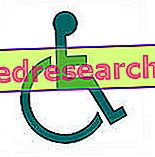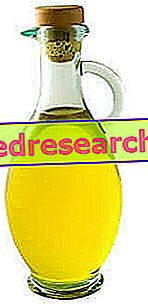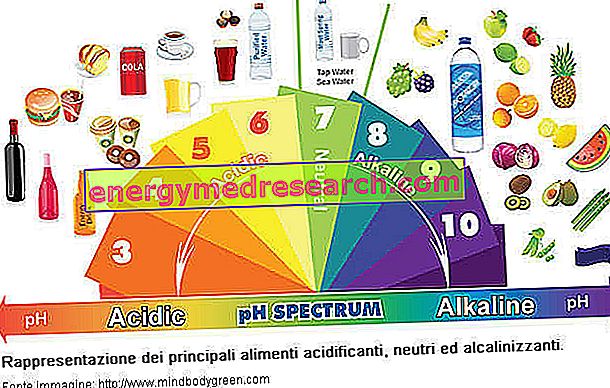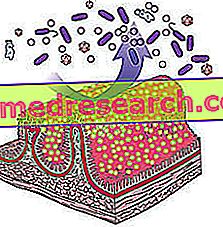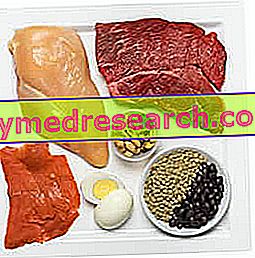See also: folic acid deficiency - folic acid - quiz about folic acid - folic acid in pregnancy Maximum recommended contribution The risk of toxicity resulting from an excessive intake of folic acid is reduced. According to the US Institute of Medicine's Food and Nutrition Board , the upper limit uptake for an adult is 1000 mcg per day, compared to a recommended intake of 400 mcg of folate per day
Category nutrition and health
Generality What are Omega 6s? The omega 6 are a family of lipids, to which belong the essential fatty acid linoleic acid (LA) and the semi-essential gamma linolenic acid (GLA), diomo-gamma-linolenic acid (DGLA) and arachidonic acid (AA) Do omega-6s increase or decrease cardiovascular risk? Omega 6 are essential and semi essential fatty acids that play a promiscuous role in cardiovascular risk: Positive role: some metabolic parameters improve, above all lipemia and in particular cholesterolemia, reducing the cardiovascular risk
What is the PRAL? PRAL literally means Potential Renal Acid Load , which is renal acid loading potential . PRAL is a scientifically validated method, proposed by Remer and Manz, frequently used to calculate the chemical balance of acidifying and alkalizing molecules of a food or a supplement. The PRAL does not simply establish the pH of a compound (which can easily be measured by other methods), but estimates its relative ability to interact with human blood (in the pH range compatible with life: 7
Probotics: What are they? Probiotics are beneficial microorganisms that are often used in the treatment or reduction of symptoms of diarrhea. The probiotic group includes a wide range of bacteria but not all of them possess the same characteristics and the same efficacy; the most common are lactobacilli and bifidobacteria
Proteins: Quality and Quantity There are many food protein sources; the foods that contain the most are: eggs, milk + dairy derivatives and all types of meat (including fishery products); subsequently we find legumes and cereals; finally, low amounts of protein are present in vegetables and fruit. From a qualitative point of view, it is possible to evaluate the protein intake based on the contribution of essential amino acids; this classification takes into account the Biological Value of food proteins
Proteins are macronutrients which, if introduced in the right quantities, are absolutely not fattening. Proteins have an extremely broad and multifaceted nutritional value, therefore, their dietary appraisal and application is frequently the subject of debate among food professionals. Proteins are polymers (polypeptides) of amino acids, quaternary molecules (Carbon [C] - Hydrogen [H] - Oxygen [O] - Nitrogen [N]) containing a carbon skeleton bound to a carboxylic group (-COOH), to an amino (-NH2) and a radical (-R) that distinguishes them
The right nutritional ratio between calcium (Ca) and phosphorus (P) is a fundamental requirement for the maintenance of eunutrition and a good state of health. Calcium is the most abundant mineral in the human body and 99% of it is contained in bones, while only 1% is distributed in soft tissues and in intra and extra cellular fluids
Essential Fatty Acids What is there to know? Definition Essential fatty acids (also known as AGE or EFAs) are lipids. Types Essential fatty acids belong to two families: omega 3 (ω3 or n-3) and omega 6 (ω6 or n-6). Only two fatty acids are essential (ie must necessarily be introduced with the diet): α-linolenic acid (omega 3) and linoleic acid (omega 6). F
Fast food , fast food in Italian, is a type of food distribution born in the Anglo-Saxon countries, which since the 1980s has spread rapidly in almost all over the world; fast food is a collective catering method (fixed or mobile) focused on the FAST production and administration of ECONOMIC foods, with a SUSTAINABLE cost for the average population
What is the Fixed Residue? The fixed residue, in English "total dissolved solids" (TDS), is the set of solids dissolved in fresh water. Note : the salinity of sea water is partly due to some of the ions that make up TDS. In the nutritional diet, the fixed residue is a principle specifically used to catalog mineral waters or, more widely, potable
High Temperature Risks If treated in the microwave in containers with a regular surface, homogeneous liquids can undergo a real "overheating". That is, the liquid reaches a temperature slightly higher than its boiling point but without presenting any bubbles. However, the boiling process can become "explosive" when the liquid is "disturbed", for example when you grab the container to remove it from the oven or when adding solid ingredients such as sugar

